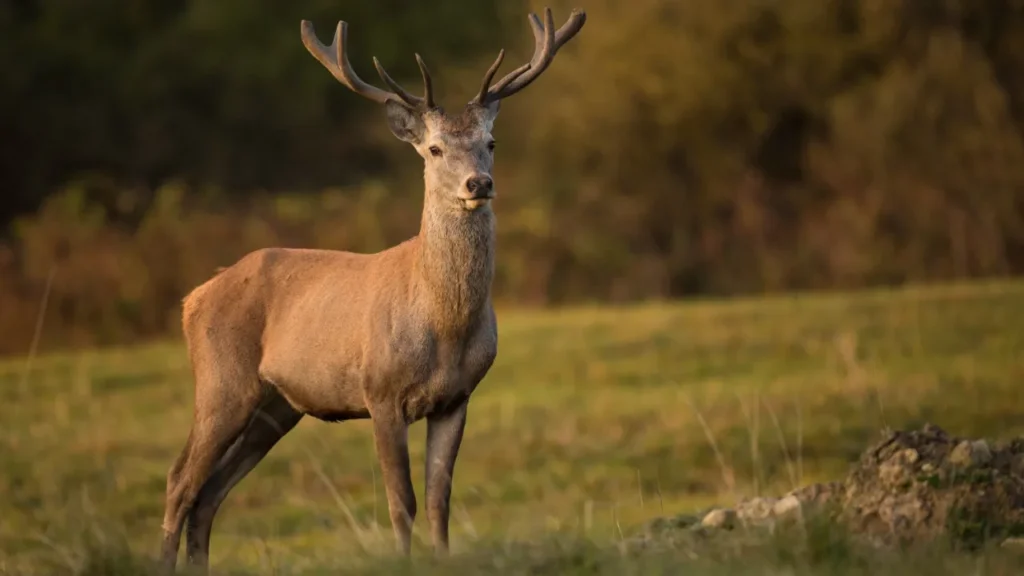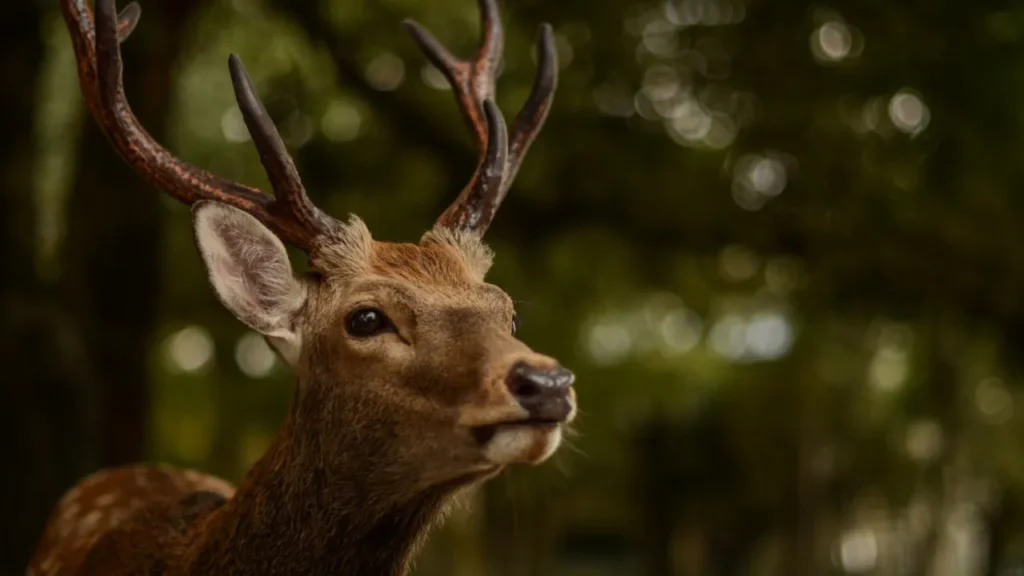- vortextimes.com
- February 21, 2024
- 10:35 pm
- No Comments

Scientists worry that humans could contract the fatal zombie deer disease :
A menacing threat to wildlife populations looms large over tranquil North American landscapes, inciting fears of impending catastrophe. Scientists and the general public are each involved approximately Chronic Wasting Disease (CWD), also dreadfully referred to as “Zombie Deer Disease,” because it has the capacity to spread from animals to humans. This thorough article explores the complexities of CWD, its startling spread, possible health risks, and important preventive measures.
Table of Contents
Understanding Chronic Wasting Disease (CWD):
Cervid animals, which consist of deer, elk, reindeer, and moose, are at extreme threat of contracting persistent wasting disease (CWD), a neurological disease spread by way of misfolded proteins known as prions. The disease causes debilitating neurological symptoms in affected animals due to the aberrant accumulation of prions in the central nervous system. These include drooling, staggering, fatigue, and an eerie blank stare that gave rise to the macabre term “Zombie Deer Disease.”

The Rapid Spread of CWD:
Concerns have been raised by wildlife experts and health authorities regarding the increase in CWD cases reported in North America. Following confirmed cases, the Canadian province of British Columbia moved quickly to establish stringent testing procedures for road-killed deer, moose, elk, and caribou. The discovery of two cases in the Kootenay district has led to strict regulations on the movement and disposal of deer, emphasising the urgency of stopping the spread of CWD.
Assessing the Risk to Humans:
Health officials maintain that there is no direct evidence of CWD transmission to humans at this time, but zoonotic potential for the disease is still a concern. Based on experimental models involving non-human primates, renowned researcher Hermann Schatzl of the University of Calgary’s veterinary school cautions about the possibility of CWD transmission to humans. The protracted incubation period of prion diseases poses a significant challenge, as affected individuals may experience years of symptoms before they show symptoms.

Mitigating the Threat:
A multifaceted method inclusive of research, public cognizance campaigns, and surveillance is needed to combat the threat of CWD. It is crucial to conduct thorough testing on cervid populations and take precautions against human exposure to contaminated meat and bodily fluids. To further reduce the risk of transmission, ethical wildlife management techniques and observance of regulations regarding the consumption of deer are crucial.
Symptoms and Detection:
Early detection and intervention of CWD are dependent on the ability to recognise its symptoms. The disease takes an average of 18 to 24 months to incubate, which emphasises the significance of close observation. Key signs of infection include progressive weight loss, behavioural changes, and neurological abnormalities; however, because of the disease’s variable clinical presentation, diagnosis can be difficult.
Preventive Measures:
The Centres for Disease Control and Prevention (CDC) stress how crucial it is to stay away from eating meat from elk and deer that have been harvested in regions where the prevalence of CWD is known to exist. To reduce the chance of human exposure, strict adherence to food safety regulations and appropriate disposal of carcasses are crucial. In addition, keeping an eye on wildlife management procedures and carrying out focused interventions are essential measures in limiting the spread of CWD.
Conclusion:
With the threat of “Zombie Deer Disease” looming large, it is critical to take preventative measures and work together to address this growing issue. Through the prioritisation of scientific research, public education, and strategic interventions, it is possible to protect human populations and wildlife from the pernicious effects of Chronic Wasting Disease.